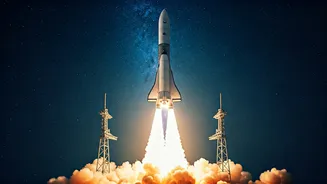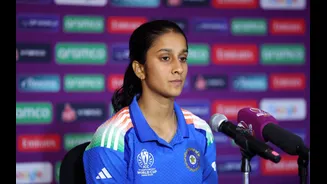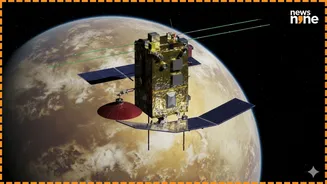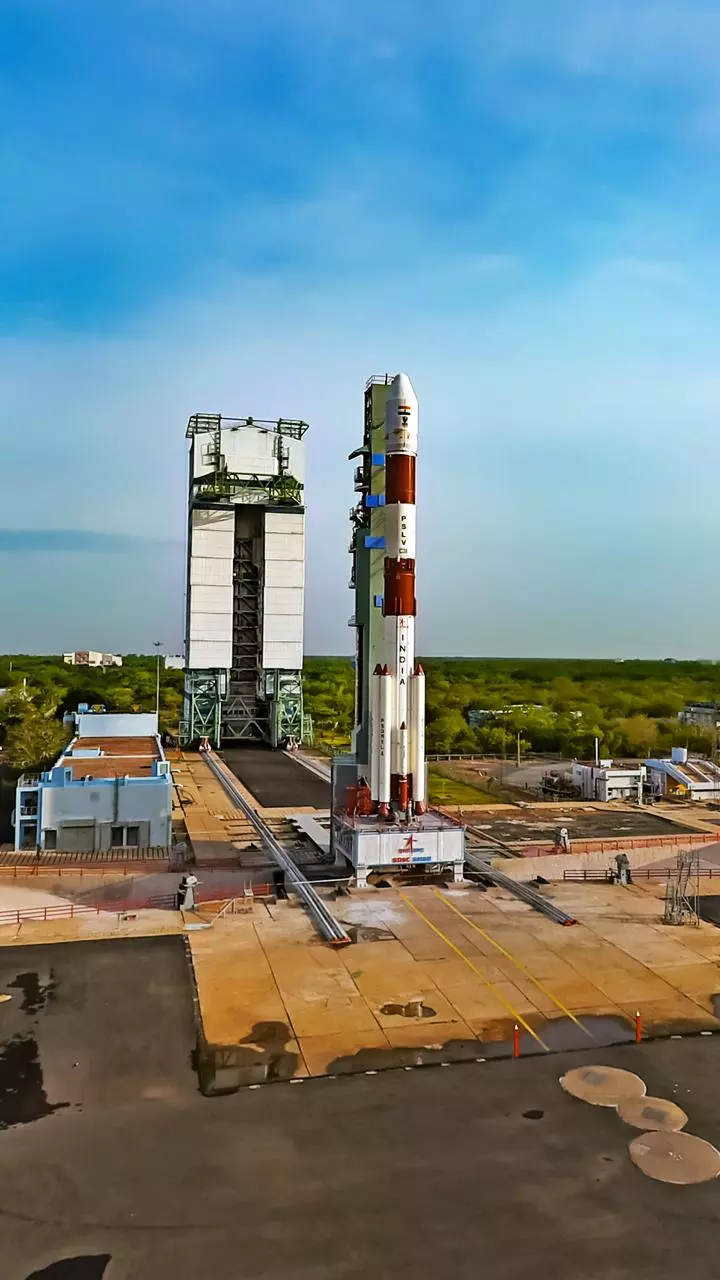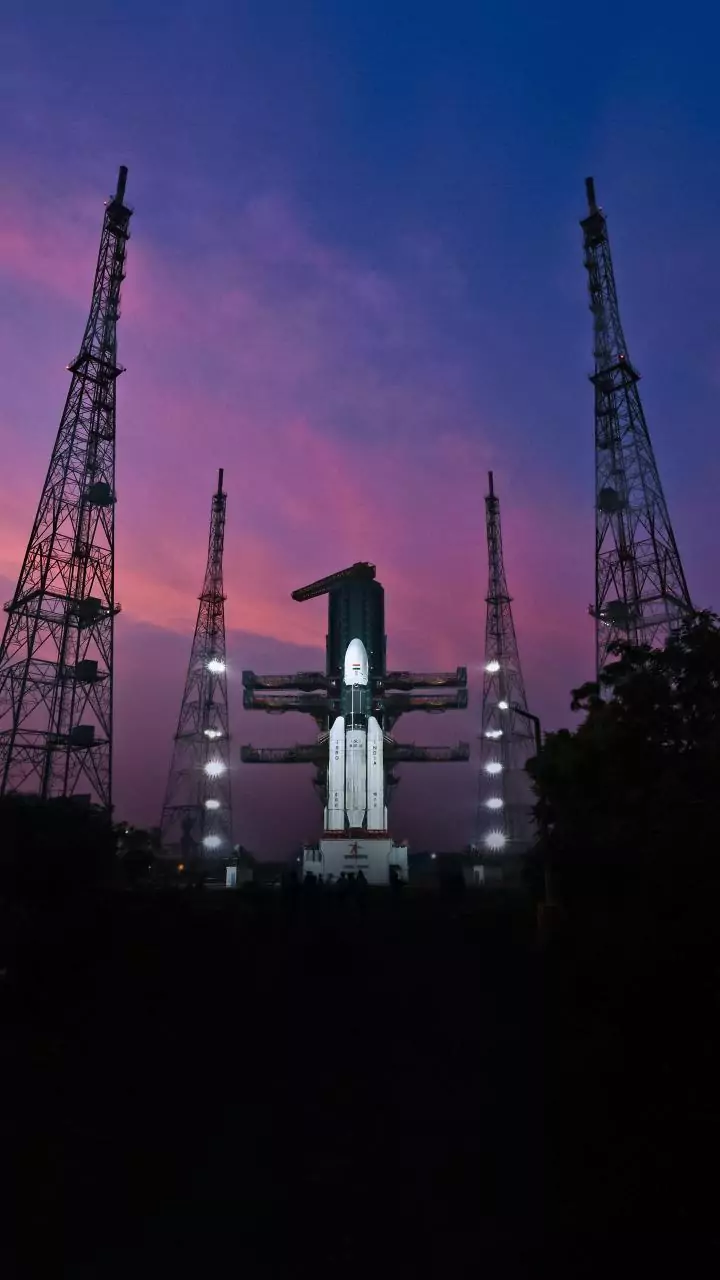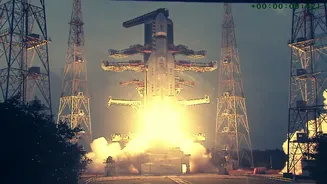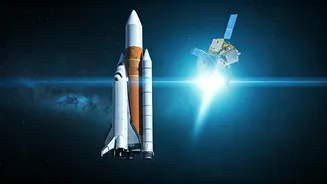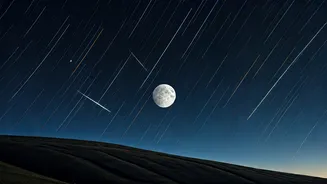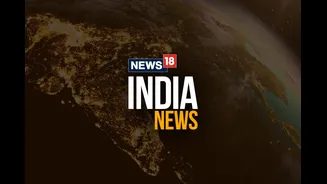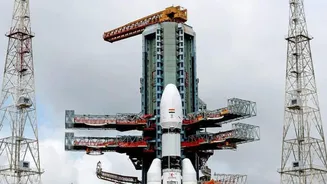Mission Overview
The LVM-3, previously known as the GSLV Mk III, represents a crucial advancement in India's space capabilities. It is a three-stage launch vehicle designed
to carry heavier payloads into space. This vehicle is instrumental in launching communication satellites, earth observation satellites, and even crewed missions. The LVM-3's design incorporates two solid rocket boosters, a liquid propellant core stage, and a cryogenic upper stage. This configuration allows it to lift up to 8,000 kg to Low Earth Orbit (LEO) and around 4,000 kg to Geosynchronous Transfer Orbit (GTO). The mission's success demonstrates India's growing expertise in space technology and reduces its dependence on foreign launch services. The LVM-3's versatile design makes it suitable for various missions, offering a cost-effective solution for launching satellites.
Record-Breaking Feats
The LVM-3 has achieved remarkable feats, establishing itself as a key asset for ISRO. One of its most notable accomplishments was the successful launch of the Chandrayaan-2 mission, including the orbiter, lander, and rover. This mission demonstrated India's capability to send complex scientific payloads to the Moon. In addition, the LVM-3 has been used to launch various communication satellites, enhancing India's connectivity and enabling services like direct-to-home television and high-speed internet. The vehicle also carried the OneWeb satellites, showcasing its ability to support global communication networks. The LVM-3's track record of successful missions underscores its reliability and efficiency, boosting India's standing in the global space market. Its consistent performance has solidified its place as a cornerstone of ISRO's launch capabilities.
Future Space Flights
The LVM-3's success paves the way for a series of upcoming missions and further strengthens India's space program. ISRO plans to use the LVM-3 for launching future crewed missions, as part of the Gaganyaan project, aiming to send Indian astronauts into space. This will mark a historic milestone for India. Furthermore, the vehicle will be employed to launch advanced earth observation satellites, which will provide crucial data for weather forecasting, disaster management, and environmental monitoring. ISRO also intends to utilize the LVM-3 for launching scientific payloads for planetary exploration, including missions to Mars and Venus. The ongoing development of the LVM-3 involves upgrades and improvements to increase its payload capacity and operational efficiency. This will ensure that the LVM-3 continues to be a versatile and reliable platform for India's space endeavors for years to come.
